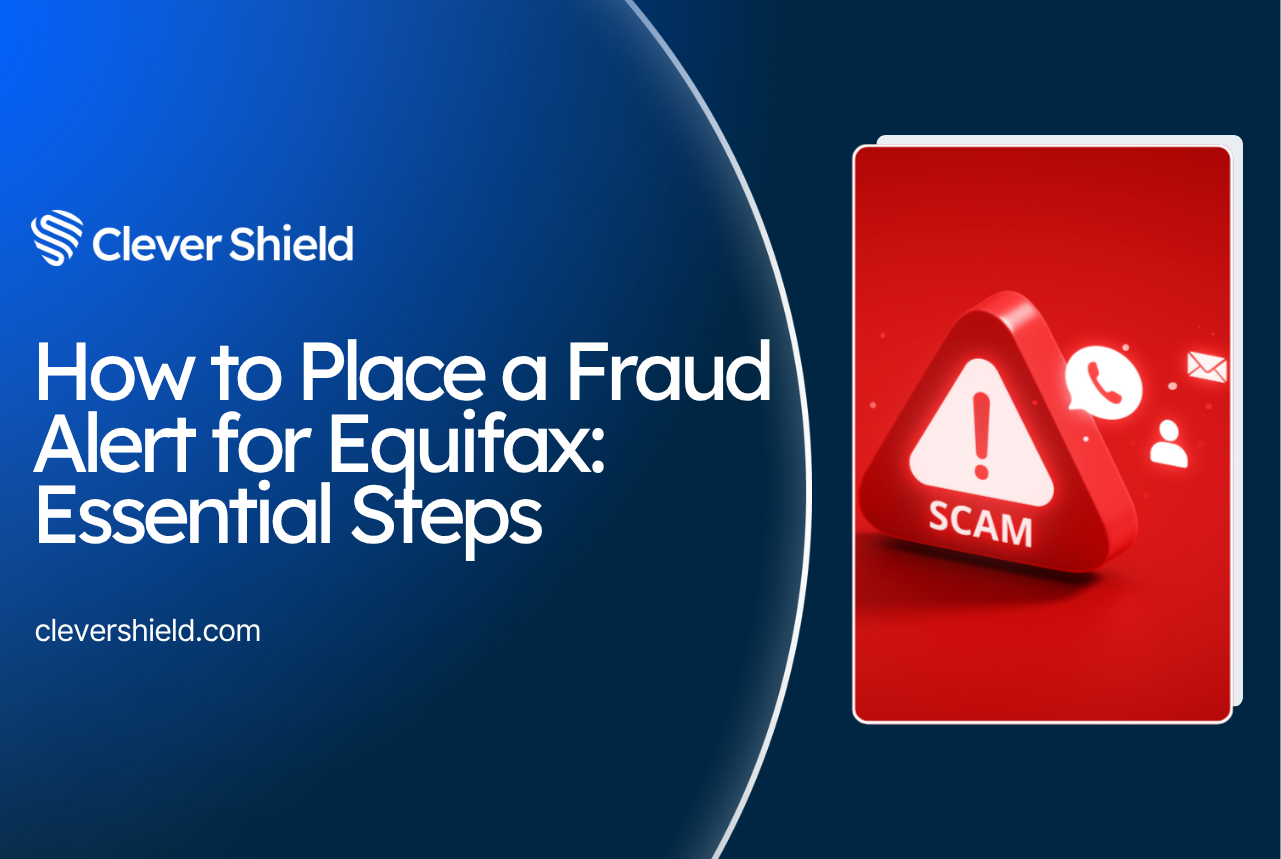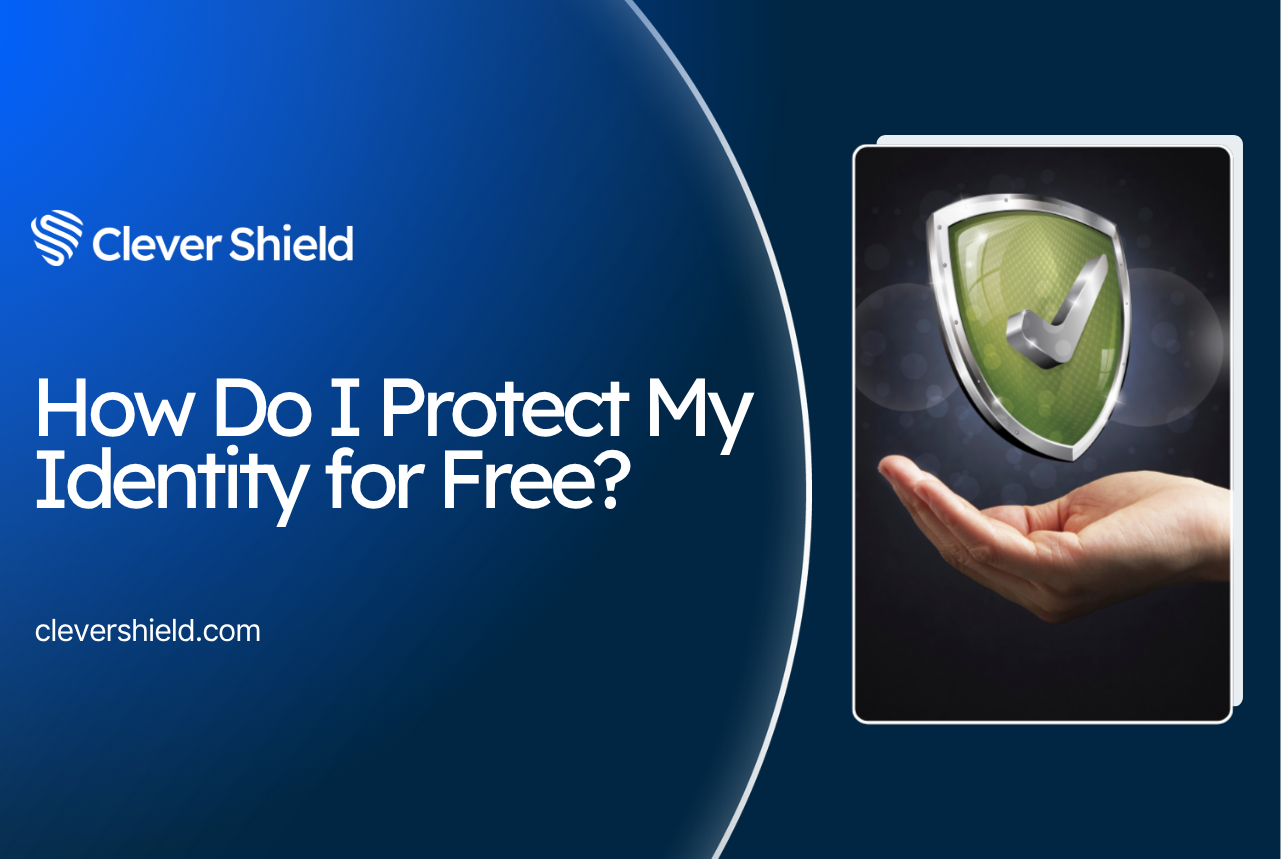Worried about identity theft? Learn how to place a Fraud Alert for Equifax to protect your credit. This guide covers what a fraud alert is, why you need it, and the steps to set it up quickly.
Key Takeaways
A fraud alert is a free notification added to your credit file, requiring lenders to verify your identity before processing credit applications, enhancing protection against identity theft without impacting your credit score.
There are three types of fraud alerts—initial, extended, and active duty—each serving different needs for identity theft protection and requiring varying levels of documentation.
Fraud alerts can be placed quickly online or offline, allowing individuals to secure their credit reports across all major bureaus, and can be renewed or removed easily as needed.
Understanding Fraud Alerts
A fraud alert is a notification added to your credit file that prompts lenders and creditors to verify your identity before processing any credit applications. This measure helps stop unauthorized accounts from being opened in your name, adding a layer of security against identity theft. You can request a fraud alert for free, making it an accessible and effective tool to protect your financial information.
Even if you already have a credit freeze in place, fraud alerts can be an additional measure to ensure your credit report remains secure. Unlike a credit freeze, fraud alerts do not restrict access to your credit report for legitimate purposes, meaning businesses can still view your report but must take extra steps to verify your identity. This makes fraud alerts a versatile option for those who want to maintain access to their credit while safeguarding against a security freeze.
Moreover, placing a fraud alert does not impact your credit score or reports. This allows consumers to alert lenders of potential identity theft risks without affecting their ability to access credit. Understanding how fraud alerts work and their benefits is the first step in protecting yourself from fraud or identity theft.
Types of Fraud Alerts
There are three primary types of fraud alerts:
Initial fraud alerts
Extended fraud alerts
Fraud alert or active duty alerts Each serves a specific purpose and offers varying levels of protection depending on your situation.
An initial fraud alert is typically the first line of defense for individuals who suspect they may be at risk of identity theft. Key features include:
The alert lasts for a one year fraud alert.
It allows individuals to receive a free credit report from all three credit bureaus.
It requires businesses to verify your identity before opening new credit accounts, making it harder for fraudsters to exploit your information.
An extended fraud alert provides more robust protection for those who have already fallen victim of identity theft and may also help those who are a victim of fraud. Key features include:
Requires a documented identity theft report
Remains in effect for seven years
Ensures businesses must verify your identity before opening new credit accounts
Provides long-term security against further fraudulent activities
Active duty alerts, on the other hand, are designed for military personnel, including active duty service members. These alerts:
Can prevent unsolicited credit offers
Are renewable for the duration of a servicemember’s deployment
Ensure their credit remains protected while they serve, including during an active duty alert.
How to Place a Fraud Alert with Equifax
You can place a fraud alert with Equifax either online or offline. Once you place a fraud alert with one credit bureau, it automatically applies to all three nationwide credit bureaus: Equifax, Experian, and TransUnion, as well as the nationwide consumer reporting agencies. This ensures comprehensive protection across all your credit reports without the need for multiple requests.
Placing an extended fraud alert requires additional documentation such as an FTC identity theft report or a police report. Proof of identity theft is necessary to establish this type of alert, providing enhanced security for those who have experienced fraud. To place an extended fraud alert, individuals must provide the necessary documentation.
Placing initial and active duty fraud alerts online is quick and efficient. However, extended fraud alerts require more steps to take steps to verify due to the need for verification documents, ensuring that only those who truly need this level of protection can access it.
Online Method
Setting up an initial fraud alert online is straightforward and immediate:
Visit Equifax’s online platform.
Quickly place a fraud alert on your credit report.
This ensures creditors verify your identity before opening any new accounts.
This setup is ideal for immediate protection.
For active duty military personnel, the online process is equally straightforward. The online method provides a convenient way to secure your credit with a lender while granting credit as you fulfill your duties, without the need for extensive paperwork or delays.
Offline Method
Placing a fraud alert offline is also an option for those who prefer traditional methods. The process involves:
Downloading and completing the Alert Request form from Equifax’s website.
Sending the completed form via mail.
Including necessary identity verification documents to process the requesting request.
You can also set up a fraud alert by calling Equifax’s automated line for assistance. This method allows you to contact a representative if needed and ensures your request is handled efficiently.
Duration and Renewal of Equifax Fraud Alerts
Fraud alerts have different durations depending on the type. An initial fraud alert lasts one year and can be renewed multiple times, offering ongoing protection. Renewing an initial fraud alert also grants you access to an extra free copy of your credit reports from all three bureaus during the alert’s duration.
An extended fraud alert offers long-term security for those who have experienced identity theft:
It remains in effect for seven years.
It requires additional documentation of identity theft to establish and renew.
It ensures access only for those who need heightened protection.
Active duty alerts last one year and can be extended for two additional years, making them particularly useful for military personnel on extended deployments. Knowing the duration and renewal process for each type of fraud alert helps ensure continuous protection against identity theft.
Removing a Fraud Alert from Equifax
Removing a fraud alert from your Equifax credit report is straightforward. Follow these steps:
Call Equifax’s dedicated number at (888) 836-6351.
The line is available from 8 a.m. to midnight ET, every day.
Speak directly with a representative for assistance.
Alternatively, send a written request to Equifax’s address with necessary identity verification documents. Equifax will inform you by mail once your request is processed and your identity is verified.
Fraud Alerts for Minors
Placing a fraud alert on a minor’s credit report can help protect them from identity theft. Parents of children aged 13 or younger should submit a written request to inquire if their child has any credit information. The documentation should include a copy of the parent’s ID, proof of address, and the child’s birth certificate.
A fraud alert for minors can be temporary or extended, depending on the parent’s declaration. This ensures creditors verify the child’s identity before extending credit, safeguarding against identity theft.
Monitoring Your Equifax Credit Report
Regularly monitoring your credit report helps detect and prevent identity theft. Frequently reviewing your credit report helps spot discrepancies, such as hard inquiries or new accounts, that may indicate unauthorized activities. This proactive approach enables timely actions against fraudulent accounts.
Credit monitoring services alert you to significant changes in your credit report, providing insights into potential identity theft from unusual activities. Combining regular monitoring with free credit monitoring, credit reporting, and protection services forms a robust strategy against identity theft.
Alerts from your credit monitoring service notify you of suspicious activities, enabling swift action to protect your financial identity, powered by lendingtree.
Using Clever Shield for Enhanced Protection
Clever Shield offers an advanced solution for comprehensive identity protection. Unlike alerts-only services, Clever Shield actively removes exposed personal data and tracks removals over time. This proactive approach helps prevent identity theft before it occurs.
Clever Shield firm offers:
Automated data broker removals within 24 hours
Real-time monitoring of Social Security Numbers, emails, phone numbers, and banking information
Dark web monitoring with alerts when exposures are detected
These features keep your personal information secure and out of the hands of identity thieves.
Clever Shield also includes $1 million identity theft insurance, offering peace of mind and financial protection. Using Clever Shield can save you hundreds of hours of stress, paperwork, and disputes, making it an excellent way to remove data, restore identity, and prevent future exposures.
Summary
Understanding and utilizing fraud alerts is a crucial step in protecting your financial identity. From placing initial alerts to renewing and monitoring your credit report, each step plays a vital role in safeguarding against identity theft. Taking proactive measures, such as placing fraud alerts and using comprehensive protection tools like Clever Shield, ensures that you stay ahead of potential threats.
By following the steps outlined in this guide, you can confidently protect yourself and your loved ones from identity theft, ensuring peace of mind in an increasingly digital world. Stay vigilant, monitor your credit report regularly, and consider using advanced protection services to keep your information secure.
Frequently Asked Questions
What is a fraud alert, and how does it work?
A fraud alert is a safeguard on your credit file that requires creditors to confirm your identity before approving new credit applications, effectively protecting you against identity theft and unauthorized account openings.
How do I place a fraud alert on my Equifax credit report?
To place a fraud alert on your Equifax credit report, you can do so online through their website or by calling their automated line. Alternatively, you can send a completed request form via mail.
What documents are required to place an extended fraud alert?
To place an extended fraud alert, you need to provide either an FTC identity theft report or a police report as proof of identity theft. This documentation is essential to protect your credit effectively.
How long does an initial fraud alert last, and can it be renewed?
An initial fraud alert lasts for one year and can be renewed multiple times, allowing you to request additional free credit reports from all three bureaus each time you renew.
What is Clever Shield, and how does it provide enhanced protection?
Clever Shield is an advanced identity protection platform that enhances security through automated data removal, real-time alerts, dark web monitoring, and a $1 million identity theft insurance policy. This comprehensive approach ensures users are well-protected against identity theft.





